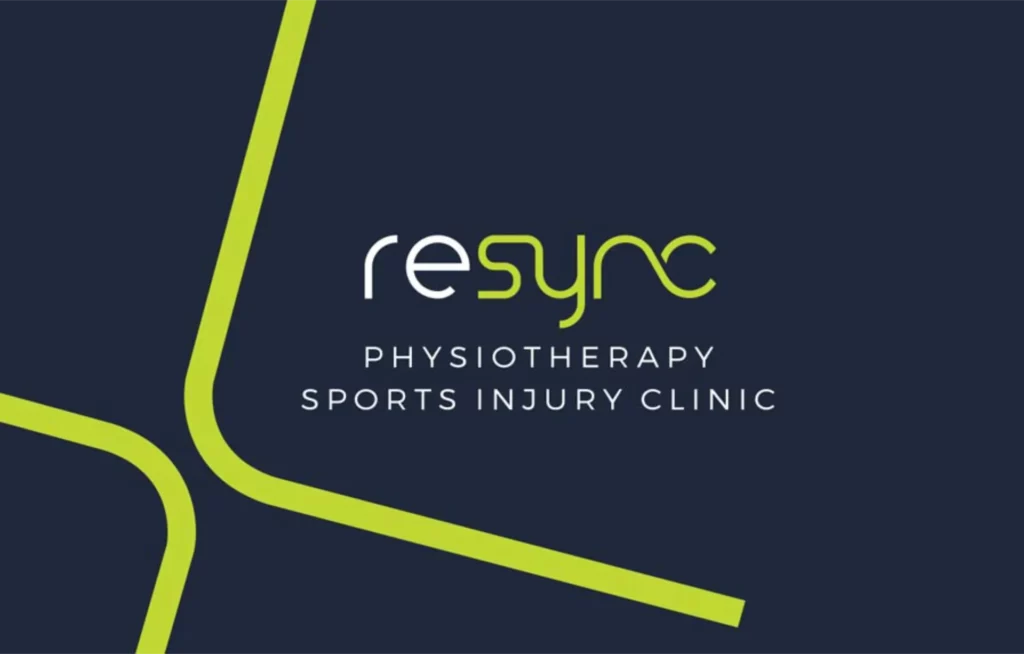Ligament Sprains
- Ligaments are tightly packed bands of collagen that attached from one bone to another.
- The most common ligaments that are injured are in the Ankle Knee and Wrist.
- They are injured when a joint is stretched to its limit and is not able to contend with the load, so it tears
- Ligament injuries are classified in to Grades.
- Grade 1: A few fibres of the ligament are torn, and you may see some mild to moderate bruising. Around the joint.
- Grade 2: Less than 50% of the ligament is torn. There is moderate to severe bruising around the joint and pronounced swelling.
- Grade 3: This is when more than 50% of the fibres are torn in the ligament and there is pronounced swelling and bruising.
- Treatment of a ligament sprain is focused on controlling the swelling and bruising int the initial stages.
- Using a PRICE protocol
- Protection- Strapping
- Rest-
- Ice- Apply ice, Place ice in a ziplock bag with some water and place over the injury for 20 mins. Do this every hour or two post injury
- Compression- Apply pressure with the ice to reduced the swelling
- Elevation- Rest the limb above the heart to further reduce swelling
- The joint may be strapped to prevent further strain on the ligament and give it a chance to rest. Early mobilisation in a moderately pain free range is key to recovery. Following on from this, strengthening exercises will be commenced and finally sports or work-related activities will be introduced to give that ligament every chance to recovery to its full potential.
- Ligament injuries may still be painful months after injury. This is due to the ligament/joint not being moved or strengthened properly thus the brain will increase the pain levels around that joint to tell you something is wrong.
- Proper rehab is key to successful recovery and prevention of further injuries
You can book online here.

